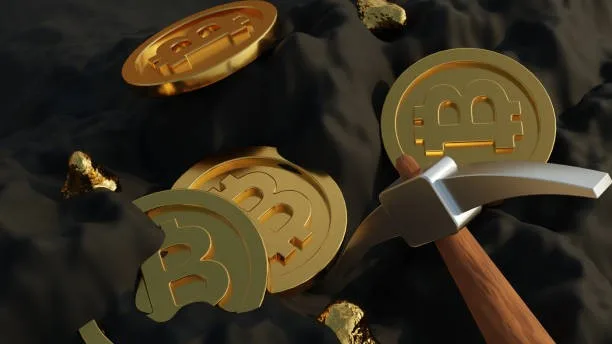How Many Bitcoins Are Left to Mine? The Future of Bitcoin Supply Explained

Bitcoin remains the most valuable and widely recognized cryptocurrency, but its true power lies in something deeper than price action — scarcity. From its very beginning, Bitcoin was designed with a fixed supply, and this feature defines its value. So, the question every crypto enthusiast asks is: How many Bitcoins are left to mine?
The Fixed Supply of 21 Million
Bitcoin’s creator, Satoshi Nakamoto, coded a hard cap of 21 million BTC into the protocol. This means that only 21 million Bitcoins will ever exist — not one more. This limited supply is what makes Bitcoin “digital gold.”
As of early 2025, over 19.7 million Bitcoins have already been mined, leaving fewer than 1.3 million BTC yet to be created. That’s less than 7% of the total supply.
Why Does Bitcoin Have a Limit?
The limited supply protects Bitcoin from inflation. Unlike fiat currencies, which can be printed endlessly by central banks, Bitcoin’s scarcity gives it long-term value and predictability. Every new Bitcoin that enters circulation is earned through a process called mining, which involves solving complex mathematical problems to verify transactions on the blockchain.
The Bitcoin Halving Process
Bitcoin’s supply growth slows over time due to an event called the Halving — which happens roughly every four years. Each Halving cuts miners’ block rewards in half, reducing the number of new Bitcoins entering circulation.
Here’s how it’s worked so far:
- 2009: 50 BTC per block
- 2012: 25 BTC
- 2016: 12.5 BTC
- 2020: 6.25 BTC
- 2024: 3.125 BTC
This controlled supply schedule makes Bitcoin increasingly scarce and potentially more valuable over time.
When Will the Last Bitcoin Be Mined?
Experts estimate that the final Bitcoin will be mined around the year 2140. After that, miners will no longer receive new Bitcoins as rewards. Instead, they will earn income through transaction fees, which will continue to incentivize them to secure the network.
What Happens When Mining Ends?
Once all 21 million Bitcoins are mined, the network will keep running as usual. Transactions will still be processed, but miners will rely solely on fees rather than block rewards. This transition is designed to keep Bitcoin sustainable for centuries, ensuring that its decentralized structure remains intact.
Why Bitcoin’s Scarcity Matters
Bitcoin’s capped supply is one of its biggest strengths. As demand grows and the available supply diminishes, scarcity can drive long-term price appreciation. This is why many investors treat Bitcoin not just as a currency, but as a store of value — similar to gold.
Lost Bitcoins and Real Circulating Supply
While 21 million is the theoretical maximum, not all Bitcoins are accessible. An estimated 3 to 4 million BTC are permanently lost due to forgotten passwords, destroyed hard drives, or lost private keys. This means the real circulating supply is even smaller, further increasing Bitcoin’s scarcity.
The Road Ahead
With each Halving, fewer Bitcoins will be introduced, and mining will become more competitive. Meanwhile, demand from institutions, governments, and retail investors continues to rise. The balance between these forces — limited supply and growing demand — is what keeps Bitcoin at the center of the global financial conversation.
For a deeper look into Bitcoin’s remaining supply and the impact of mining, read the full guide here: How Many Bitcoins Are Left?
FAQ
How many Bitcoins are left to mine?
Around 1.3 million BTC are still available to be mined — less than 7% of the total supply.
When will the last Bitcoin be mined?
The final Bitcoin is expected to be mined around 2140 due to the halving schedule.
Why is Bitcoin’s supply limited to 21 million?
To prevent inflation and ensure scarcity, making Bitcoin a deflationary digital asset.
What happens after all Bitcoins are mined?
Miners will earn transaction fees instead of block rewards to maintain the network.
Are some Bitcoins lost forever?
Yes. It’s estimated that 15–20% of all BTC (3–4 million coins) are lost permanently.
